Idea by
Ena Hadzic, Maja Ibrahimpasic
Call for ideas 2017
SenseLAB
SenseLAB
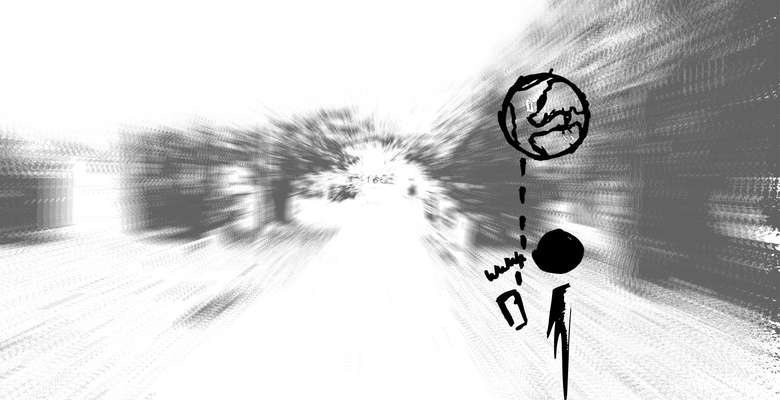
The character of a city is defined by its public spaces. We design spaces, but we never know will the space become the place and how will it be used.
Our perception is not only consisted by the things that we see, but also with the familiar sounds, textures etc.
Place and identity are inextricably bound to one another, so it is very important to find the most efficient way to explore the relationship we have with the surrounding environment.
SenseLAB pavilion is going to use human senses as a tool in measuring our perception of space.
Real public spaces will be translated into senseLABS, spaces where you can artificially change the amount of sense exposure (amount of light, of sound and other stimulus) and see how does that influence the usage of space.
User experiences will be recorded and become a part of an online database.
The project will question the human perception and explore what is the best trigger for making a connection with surrounding environment.

SPACE + HUMAN PERCEPTION, INTERACTION, MEMORIES, FEELINGS...= PLACE
As architects, we design spaces, but we never know will the space become the place and how will it be used.
While the term “space” represents the location and physical space, the term “place” is consisted from various layers - human memory and personal perception of space.
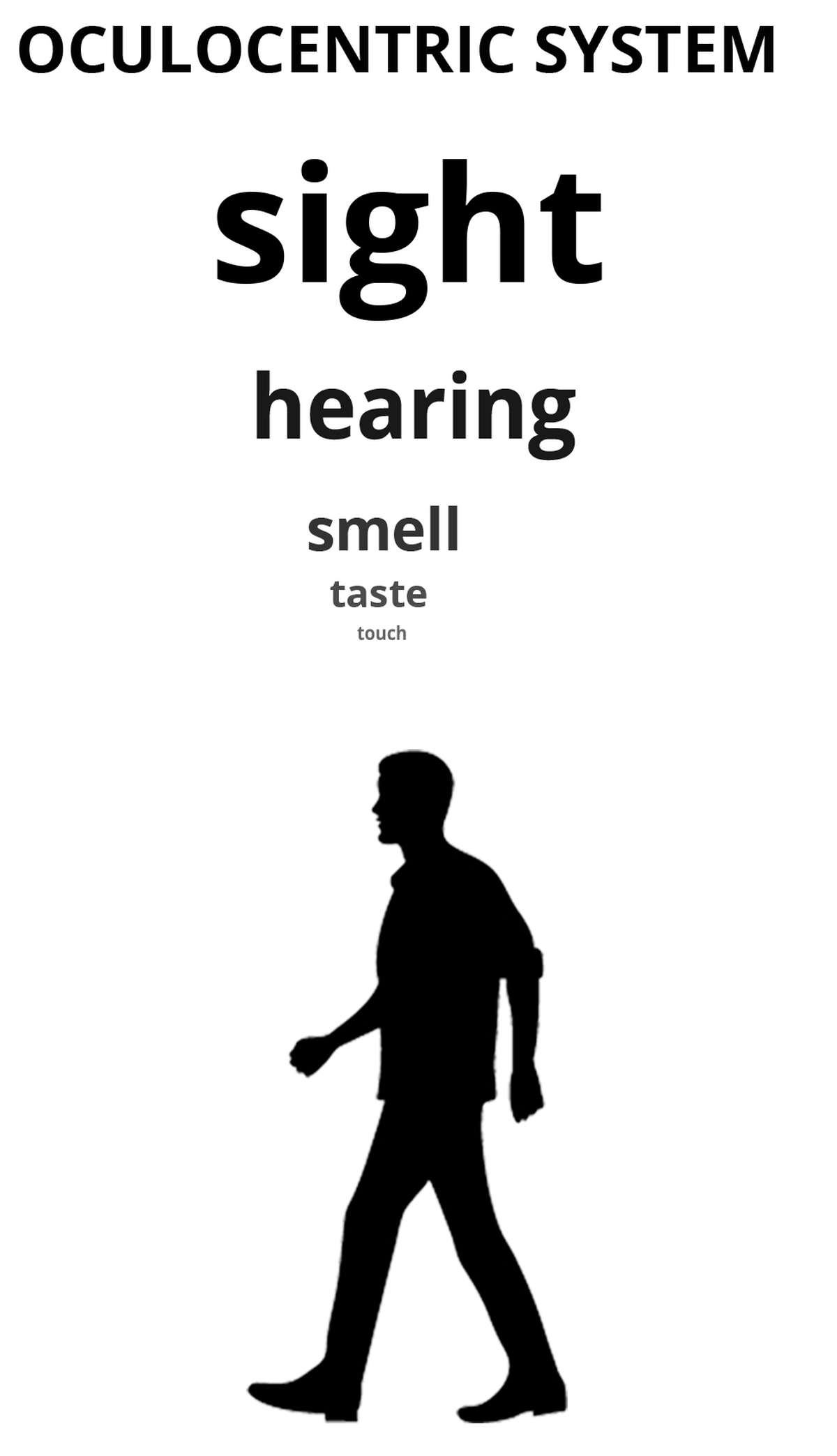
A human being makes the connection with the environment through all our senses.
In a dominantly visual society, we perceive more than 80% of information by visual stimulations. What about 20% of other stimulators? Is it possible to achieve a fully embodied physical and spiritual presence in space when the ratio visual:other senses is 80:20?
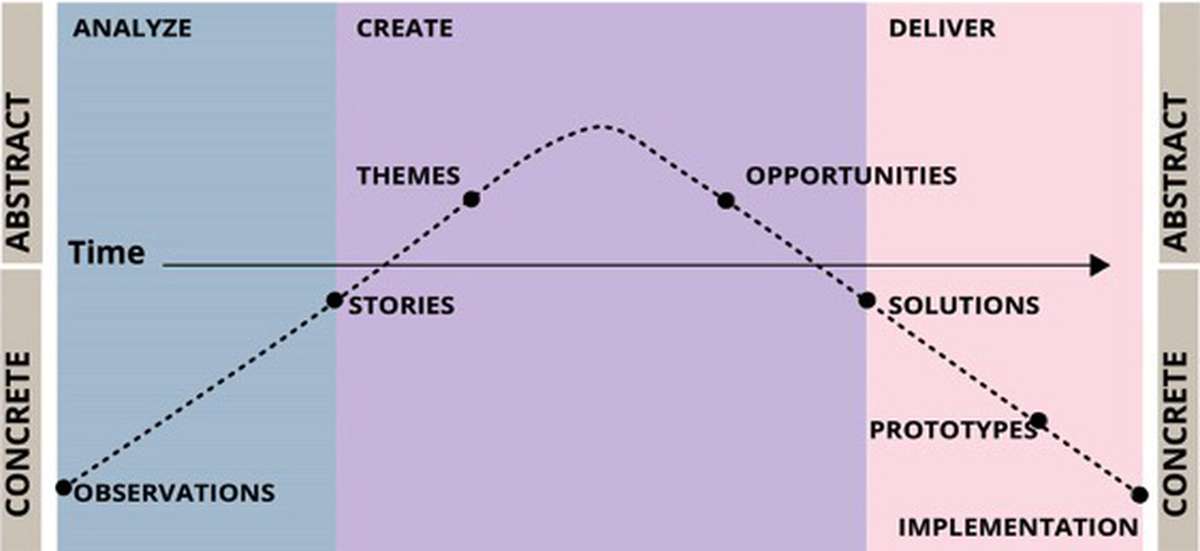
According to IDEO (https://www.ideo.com/eu), design process starts when you immerse in people’s lives to understand their needs. In second phase you make sense of information you have been given and at the end you make design that is based on the knowledge you gained.
Imagine a designer simulator that could give them information of tens of thousands users and make the research process faster and more accurate.

SenseLABs are filled with SenseFRAGMENTS - small particles that contain stimuluses (visual, tactile, smell, audio and taste), that were first determined in chosen real spaces.
Researchers will be able to change the amount of light, sound and other stimulus to which combination triggers users the most.
User experiences will be recorded through electronic surveys
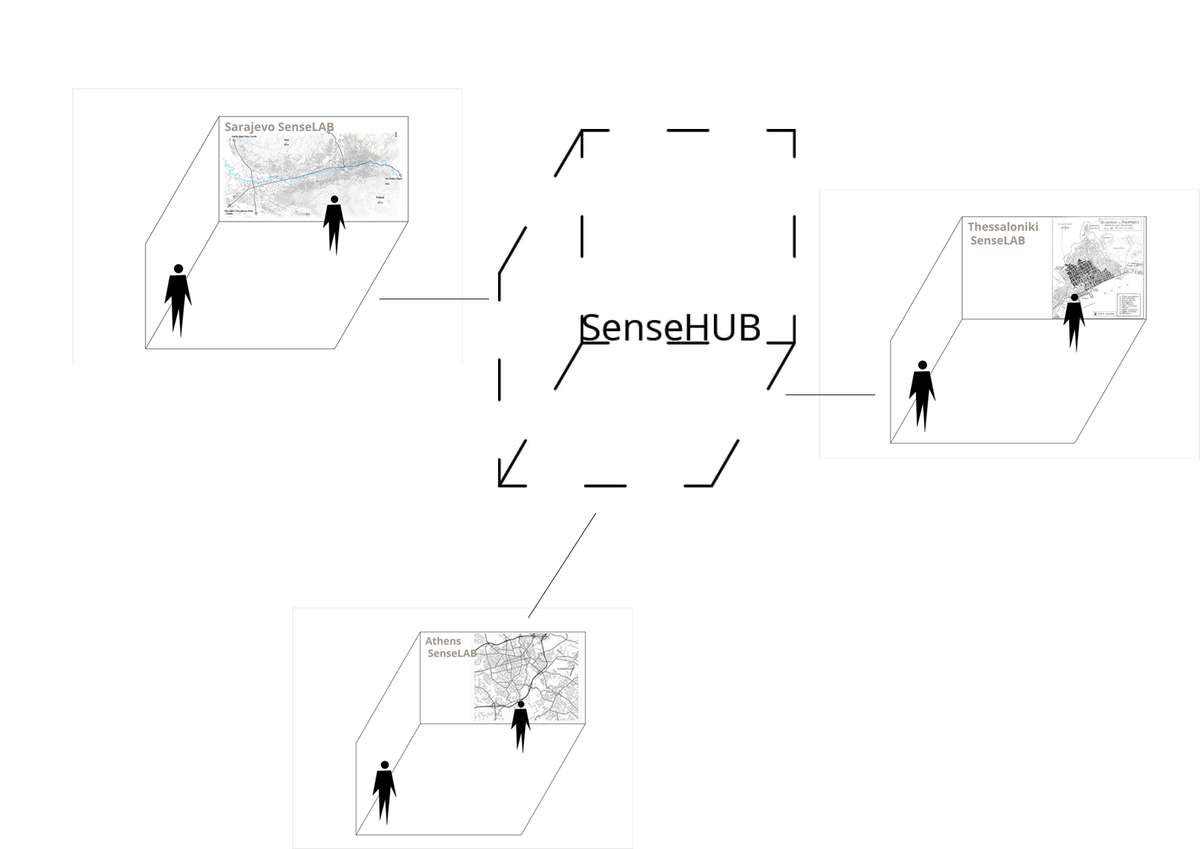
All the SenseLABs will be a part of the SenseHUB - an an online open platform where the designers can find all the data gathered and use it for the design of their spaces.
SenseLAB
SenseLAB

The character of a city is defined by its public spaces. We design spaces, but we never know will the space become the place and how will it be used.
Our perception is not only consisted by the things that we see, but also with the familiar sounds, textures etc.
Place and identity are inextricably bound to one another, so it is very important to find the most efficient way to explore the relationship we have with the surrounding environment.
SenseLAB pavilion is going to use human senses as a tool in measuring our perception of space.
Real public spaces will be translated into senseLABS, spaces where you can artificially change the amount of sense exposure (amount of light, of sound and other stimulus) and see how does that influence the usage of space.
User experiences will be recorded and become a part of an online database.
The project will question the human perception and explore what is the best trigger for making a connection with surrounding environment.
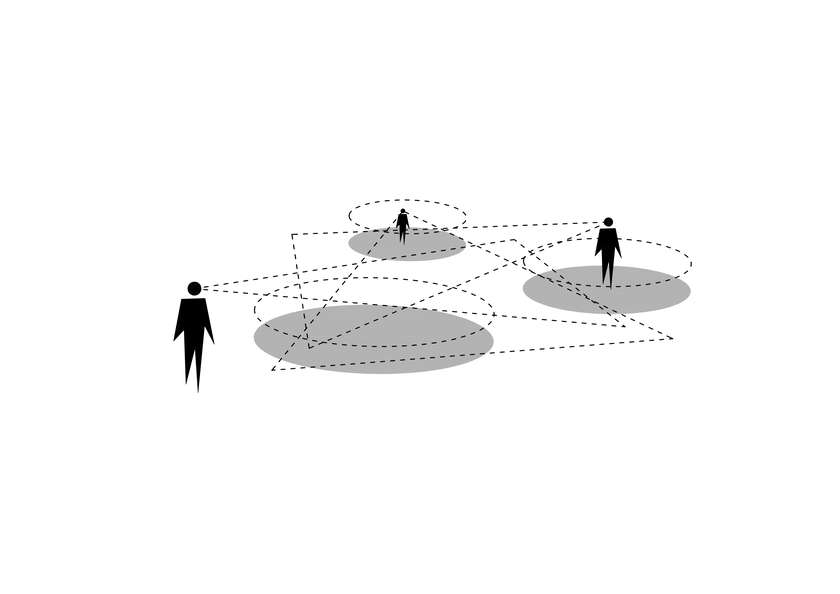
SPACE + HUMAN PERCEPTION, INTERACTION, MEMORIES, FEELINGS...= PLACE
As architects, we design spaces, but we never know will the space become the place and how will it be used.
While the term “space” represents the location and physical space, the term “place” is consisted from various layers - human memory and personal perception of space.

A human being makes the connection with the environment through all our senses.
In a dominantly visual society, we perceive more than 80% of information by visual stimulations. What about 20% of other stimulators? Is it possible to achieve a fully embodied physical and spiritual presence in space when the ratio visual:other senses is 80:20?
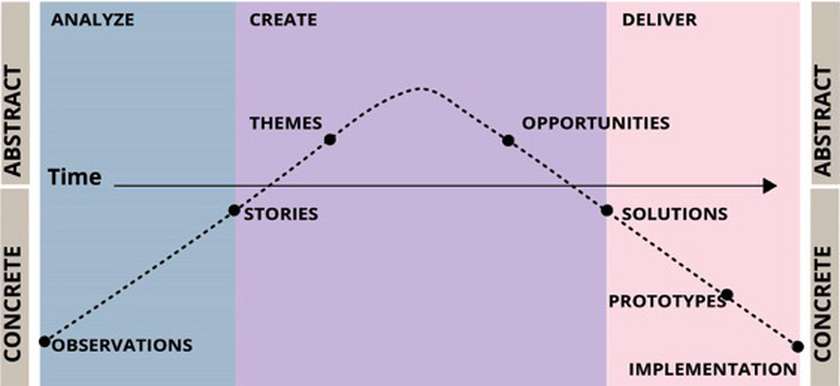
According to IDEO (https://www.ideo.com/eu), design process starts when you immerse in people’s lives to understand their needs. In second phase you make sense of information you have been given and at the end you make design that is based on the knowledge you gained.
Imagine a designer simulator that could give them information of tens of thousands users and make the research process faster and more accurate.
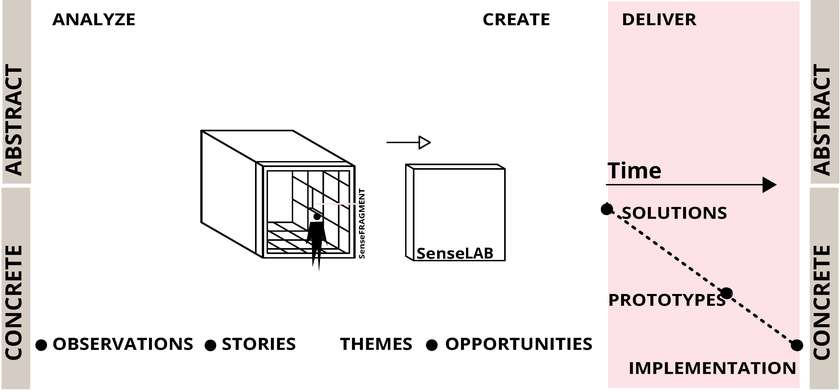
SenseLABs are filled with SenseFRAGMENTS - small particles that contain stimuluses (visual, tactile, smell, audio and taste), that were first determined in chosen real spaces.
Researchers will be able to change the amount of light, sound and other stimulus to which combination triggers users the most.
User experiences will be recorded through electronic surveys

All the SenseLABs will be a part of the SenseHUB - an an online open platform where the designers can find all the data gathered and use it for the design of their spaces.